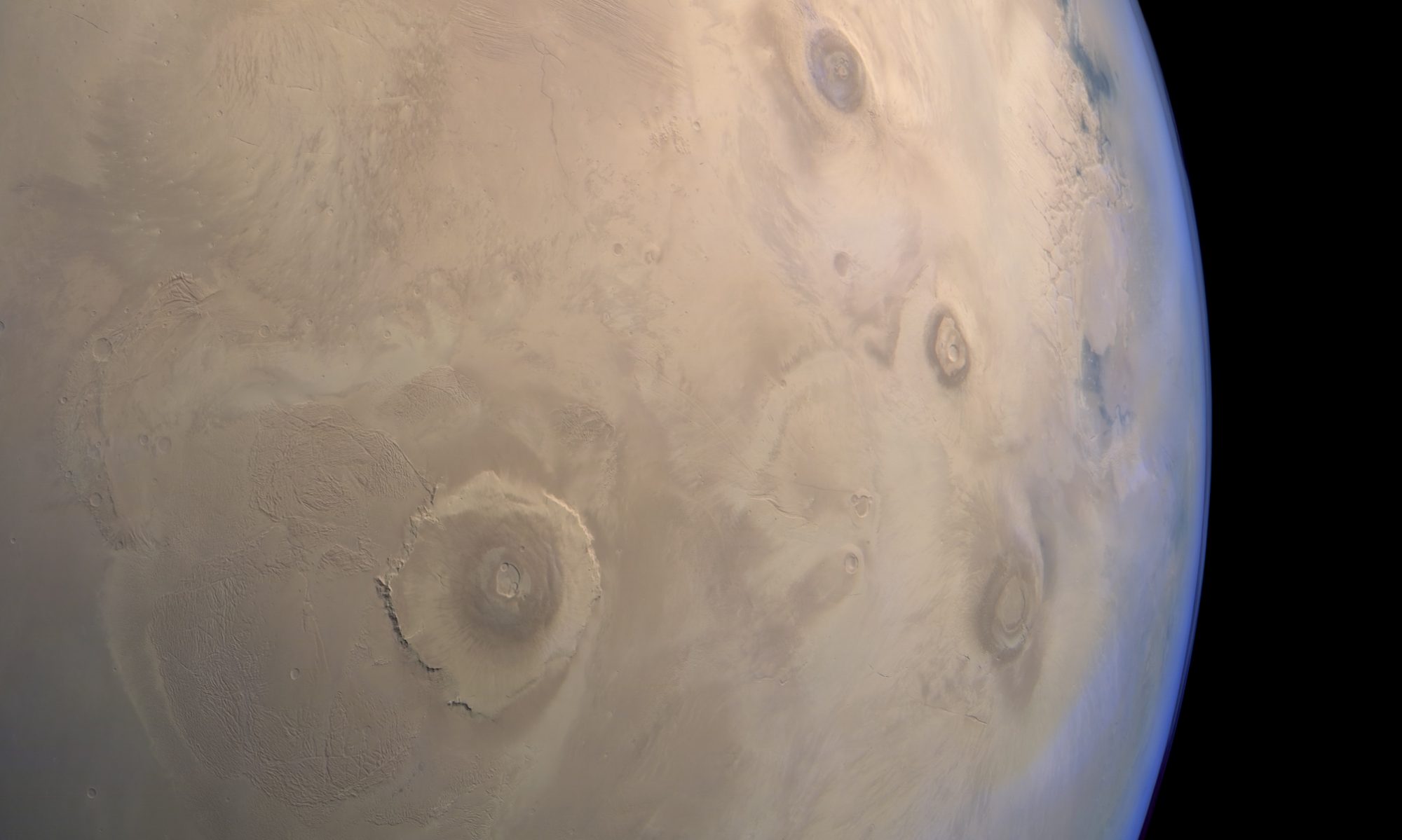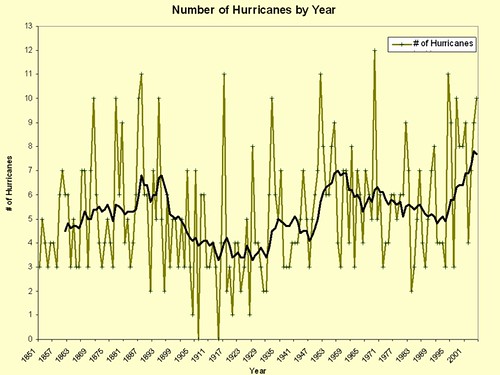Sand. Salt. Iron.
Mix the three together. Make the students separate them. Even better, make them figure out how to separate them before beginning. This is how I spice up an otherwise quite boring section on types of mixtures.
The content covered
- Compounds and elements (Which substances are elements? Which are compounds? How can you tell?)
- Physical properties (What are each substances' properties? How does knowing that allow you to separate them?)
- Types of mixtures (Are they mixed heterogenously? Homogenously? How can you tell?)
- Good lab practices (How can you work to recover as much of each substance as possible?)
- Calculating percent composition
Pre-lab
Once students write out a brief procedure of how they might separate the sand, salt, and iron from each other¹, I give them the lab procedures, go over proper filtration, boiling, and scale techniques, then have them complete a short pre-lab activity. The goal of the pre-lab is to go over proper laboratory techniques and how to calculate the percent composition of a mixture.
During the lab
Students receive a sample of the mixture, mass it, and then use a magnet wrapped in clear plastic wrap to take out the iron filings. They mass the iron filings then toss them. The students then add water to the remaining sand and salt mixture in order to dissolve the salt. Then using a funnel and filter paper, they filter out the sand. At this point they have wet sand in the filter and salt water in a beaker. They break out the hot plates in order to boil off the salt water (leaving the salt residue) and heat the sand to dryness. Once they mass the dried sand and salt, they're essentially done save for calculating the percent of the mixture recovered and the percent composition of the mixture.
Post-lab
We break out the laptops, put our data into a spreadsheet and go over how to make charts using Excel. For most freshman, this seems to be the first time they've officially been taught how to do this. We go over their findings, and they turn it in.
Take away
- It's not an overly difficult lab. It is complex. There are a lot of steps. Most freshmen students haven't had much lab experience, and as such their lab skills aren't too advanced. Many students this year didn't get very close to the actual composition of the mixture. A few ended up with more mass at the end than at the beginning (probably didn't drive off all the water in the sand or salt). Given their inexperience in the lab, these results aren't surprising, but I want them to improve their lab techniques as the year goes on. I have to keep reminding myself to be patient with them when they make bone-head moves².
- This. lab. takes. for. ever. It took my freshmen about 150 minutes to complete it. It can take 40 minutes simply to boil off the water to extract the salt. That comes down to a lot of time watching water boil. I used 150 mL beakers this time around, but perhaps if I used a larger beaker (400 mL, perhaps) the water would vaporize more quickly.
- For all my attempts to spice up the mixture section, students complained sitting and watching water boil wasn't that interesting (big surprise). Next time I'll give them less of the mixture to separate and use larger beakers.
- Is it worth my time to teach them how to graph in Excel? This first time through, students were all over the place. Some had never touched a spreadsheet before. Others were decently experienced. Some were done in 5 minutes, others took 40. I'm torn on whether I should spend the time teaching them this, yet I always seem to come out and do it. As we use Excel more, the difference between novices and the experienced gets smaller, which is one of my arguments for keeping it in.
The Schtuff
- Lab sheet (WORD) (PDF)
- Pre-lab (WORD) (PDF)
- Post-lab (WORD) (PDF)
- Graphs (PDF)
- I used the third graph as an example to take students through the Excel graphing procedure before they made their own graph.
________________________________________________________________
¹ I require students to write a procedure on how they might separate all three and then weigh the recovered mass of all three dry solids. The dry part throws them a bit sometimes.
² Exception: If they're compromising safety rules, it's a slightly different story. Learning how to properly filter a mixture is something that understandably takes some practice. Learning to not touch the hot plate while it's on doesn't.
________________________________________________________________
Image Credits:




 So, how do you connect students to technical rock information? Why, through telling the saga of Mr. Pebbles², of course! Mr. Pebbles is a pebble (surprise!) who goes through a crazy journey of being melted, reformed, and then dragged through the rest of the rock cycle. I made a little (poorly drawn) comic strip³ depicting Mr. Pebbles' travel (and travail), which just happened to touch upon the required content. I worried it would be to "kiddie" for my high school sophomores, but they enjoyed it. They enjoyed it enough that I had them create their own comics later on in the unit.
So, how do you connect students to technical rock information? Why, through telling the saga of Mr. Pebbles², of course! Mr. Pebbles is a pebble (surprise!) who goes through a crazy journey of being melted, reformed, and then dragged through the rest of the rock cycle. I made a little (poorly drawn) comic strip³ depicting Mr. Pebbles' travel (and travail), which just happened to touch upon the required content. I worried it would be to "kiddie" for my high school sophomores, but they enjoyed it. They enjoyed it enough that I had them create their own comics later on in the unit.



